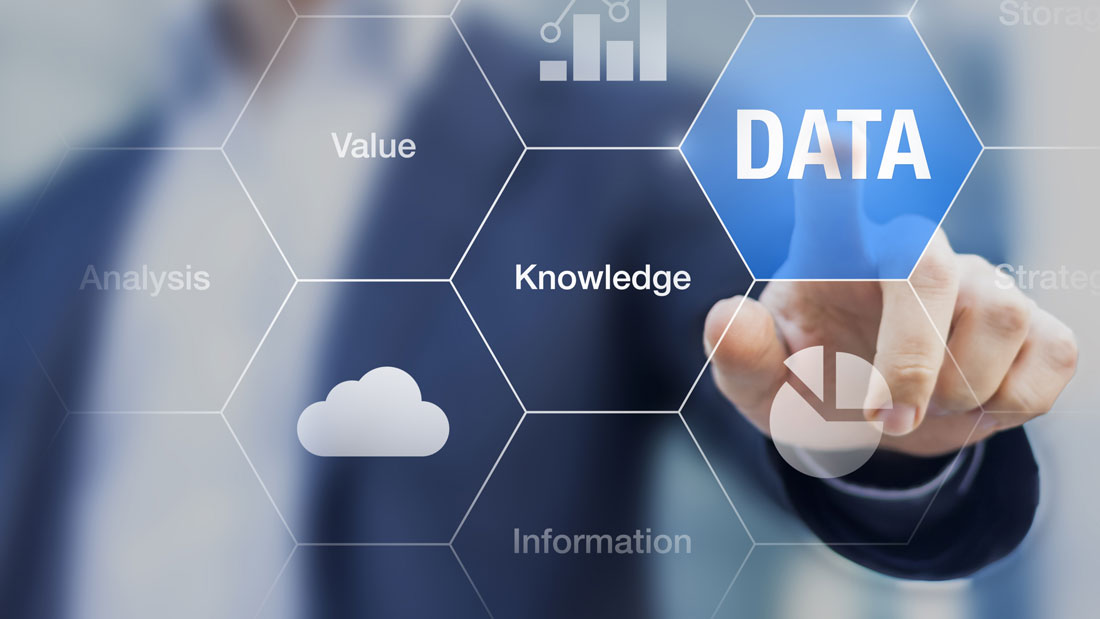Unlocking the Potential: AI and Machine Learning Development
Introduction
In recent years, we have witnessed an unprecedented growth and advancement in artificial intelligence (AI) and machine learning (ML) technologies. These technologies have revolutionized various industries and are reshaping the way we live, work, and interact with the world. From healthcare to finance, transportation to entertainment, AI and ML development has become a driving force behind innovation and progress. In this blog, we will delve into the fascinating world of AI and ML development, exploring their potential, applications, and future prospects.
Understanding AI and Machine Learning
Artificial intelligence refers to the ability of a machine or computer system to mimic human intelligence and perform tasks that typically require human intelligence, such as speech recognition, decision-making, problem-solving, and natural language processing. Machine learning, on the other hand, is a subset of AI that focuses on the development of algorithms and statistical models that allow computers to learn from data without explicit programming.
The Power of Data
Data lies at the heart of AI and ML development. The availability of vast amounts of data, combined with advancements in computational power and algorithms, has fueled the growth of AI and ML applications. Data serves as the fuel that powers the training of AI models, enabling them to make accurate predictions and learn from patterns and trends.
Applications of AI and ML
AI and ML have found applications in almost every industry, bringing about transformative changes. Let’s explore a few notable examples:
- Healthcare: AI and ML algorithms are being used to improve disease diagnosis, drug discovery, personalized medicine, and patient care. These technologies help analyze medical records, radiological images, and genetic data to make accurate diagnoses and suggest appropriate treatments.
- Finance: AI and ML are transforming the financial sector by enabling automated trading, fraud detection, risk assessment, and customer service chatbots. These technologies help in analyzing vast amounts of financial data and making data-driven decisions in real-time.
- Transportation: Self-driving cars, powered by AI and ML, are rapidly evolving. These vehicles leverage computer vision, sensor fusion, and deep learning algorithms to navigate roads, detect obstacles, and make decisions in real-time, promising safer and more efficient transportation systems.
- E-commerce: AI and ML algorithms are used to personalize customer experiences, recommend products, and improve supply chain management. These technologies analyze customer behavior, preferences, and historical data to provide targeted recommendations and optimize logistics.
Challenges and Ethical Considerations
While AI and ML offer immense potential, they also bring along certain challenges and ethical considerations. Some of these include:
- Bias and Fairness: AI algorithms can inadvertently perpetuate biases present in the data they are trained on. Ensuring fairness, transparency, and accountability in AI systems is crucial to avoid reinforcing existing societal biases.
- Privacy and Security: The widespread use of AI and ML technologies necessitates the careful handling of personal and sensitive data. Protecting privacy and maintaining robust security measures is vital to prevent unauthorized access and misuse of data.
- Ethical Decision-Making: As AI systems become more autonomous, the need to imbue them with ethical decision-making capabilities arises. Addressing questions related to the responsibility and accountability of AI systems in critical situations is an ongoing challenge.
The Future of AI and ML Development
The future of AI and ML development is filled with immense possibilities. As technology advances, we can expect:
- Improved Accuracy: ML models will continue to evolve, resulting in increased accuracy and performance across various domains. This will enable more reliable predictions and decision-making.
- Explainable AI: Efforts are underway to develop AI systems that can provide explanations for their decisions. This will enhance transparency and trust in AI technologies, making them more accessible and understandable to users.
- Reinforcement Learning: Reinforcement learning, a branch of ML that focuses on training agents through interactions with an environment, holds promise for solving complex problems. It has the potential to revolutionize fields such as robotics, autonomous systems, and game playing.
- Ethical Frameworks: The development and adoption of ethical frameworks and regulations will play a crucial role in ensuring the responsible and ethical use of AI and ML technologies. Collaboration between technologists, policymakers, and ethicists is necessary to strike the right balance.
Conclusion
AI and ML development has transformed the way we perceive and interact with technology. From healthcare to finance, transportation to e-commerce, these technologies are reshaping industries and driving innovation. However, along with the potential for immense progress, we must also address the challenges and ethical considerations associated with their use. By embracing responsible development practices and fostering collaboration, we can unlock the true potential of AI and ML while ensuring a better future for all.




